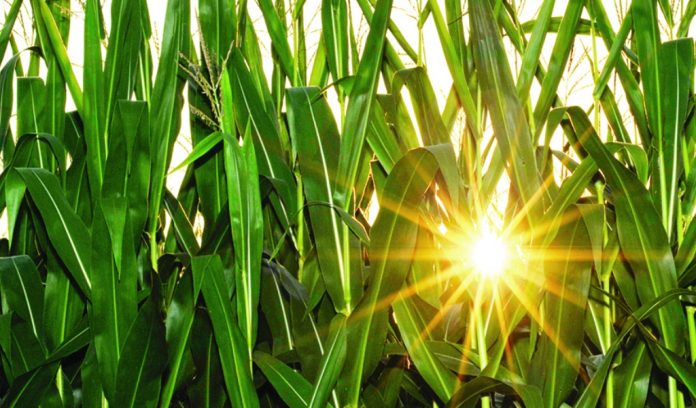The end of July is here. We are a month past the traditional time to sell on the weather market high.
We are watching the Chicago traders buy and sell in wide swings in thinly-traded markets. We watch the weather and the crops, and we don’t really know what we are doing.
About one year in 20, we have a high price at the end of summer. It happened last year, so it feels unlikely that it will happen this year.
Yet, soybeans are in trouble in the Dakotas and Minnesota where we grow a quarter of our crop; we have used up our supplies for crushing, and we continue to export the beans we contracted over the last year. The wishful thinking is out there that those of us with good crops might benefit from the struggles of those with poor.
More rain
Each Monday morning, I talk on a conference call with farmers other observers from Illinois to North Dakota. Yesterday the call was not as hard to take as it was a month ago. Then, the fear was in the voices of a majority of the callers. Rain had not come, and the desperate notion that it would continue dry was evident. Pappy always told me that nothing was ever any worse than a farmer said it was.
In June, it seemed that it might be as bad as they thought. Then, timely rains changed the tone of the voices over the weeks. There were dry spots here and there, but most were sneaking through, and the crops actually looked pretty good.
Those of us in Northeast Ohio, which normally gets surplus rain, have trouble identifying with the farmers of most of the Midwest who normally barely get enough.
Monday I started the call with the embarrassing report that our soybeans were struggling and turning yellow because of excess rain. That thought was echoed by the associate from Illinois.
As the calls moved west, most were grateful that they were hanging on, and hoping for one big rain event to finish the crop. Then came the call from North Dakota that reminded us of the heartbreak that can be farming with uncertain weather.
The truth is, that even in our record years, some have poor crops, some have average and some farm in abundance.
Trendline
There is now the feeling in the market that, after violent swings in prices as the traders try to discover future prices based upon present knowledge, we will still have a trend-line yield in the country.
Since the trend has gone up all my life, the likely yield for corn may well be over 180 bpa. That is more than last year, and the highest ever.
Then there is the farmer in Illinois with a half of a crop while the state has a record. There are farmers in North Dakota with corn four feet high and only tasseled in the damp areas of the field.
The feeling in the country is that the soybean disaster in the Upper Plains is not really in the market yet. Farmers think the traders in Chicago are focusing on good crops over the Midwest and not realizing how important the crop in the dry area has become as their acres have grown over the last few years.
If this is true, we will get a bounce in prices as our dwindling supplies are looked at and our harvest is suspect.
We often see a huge soybean weather market in August. Then again, the beans are terrific in some places. The question remains: is the average as good as expected?
This morning, July 27, soybeans were up almost 18 cents in early trading. This is moving prices in the right direction, but is cheap compared to the contract high June 7 at $14.80. It is high compared to the precipitous drop June 17 to $12.401⁄2. We got as high as $14.23 July 1, and we got to $14.18 July 19.
Chart the numbers
Each high since early June has been lower. This defines a downtrend. Every time the prices go up, we think the party is back on, but the reality is that, so far, the market thinks the party is over, they just keep opening one more bottle as some party-goers go out the door.
Anyone following the advice of advisors and the feelings of the heart has sold out the old corn and soybeans for prices not thought possible when the crops were planted. Many have sold significant amounts of the new crop, although there are those who will never sell until the crop is in the bin.
The tough question remains: how much do I sell, and when? Unless we have another 50-year wind storm in Iowa, the corn party is down to the cleanup. For the soybean people, the trash is still accumulating.













